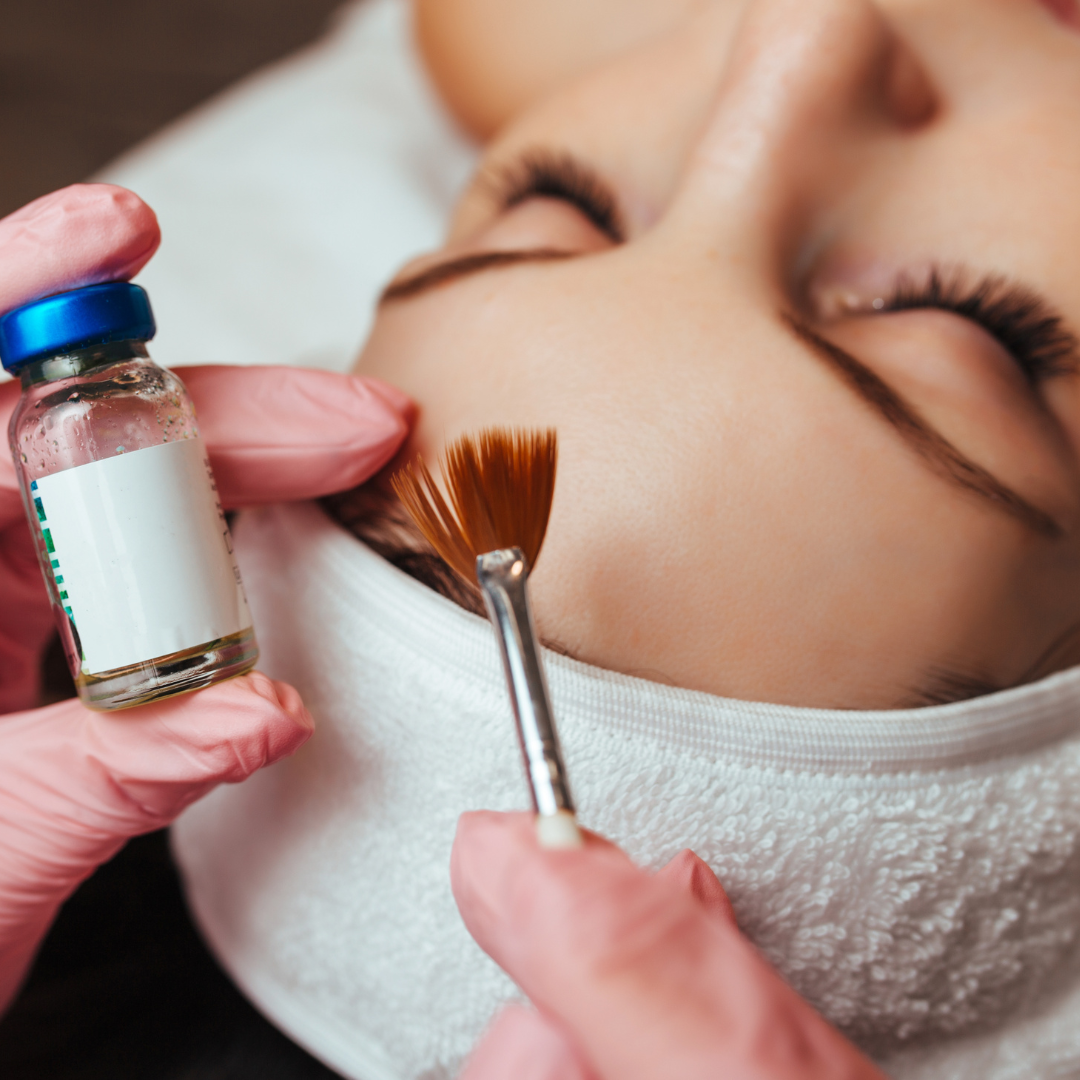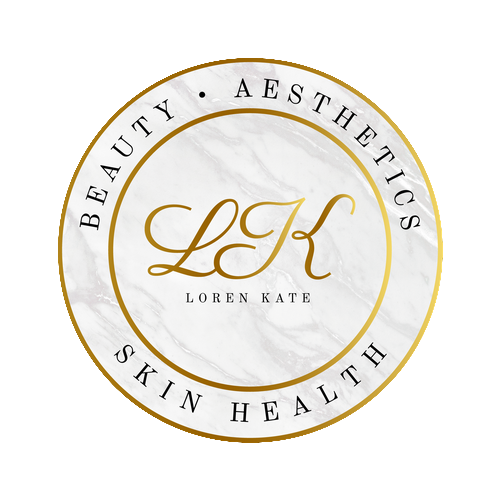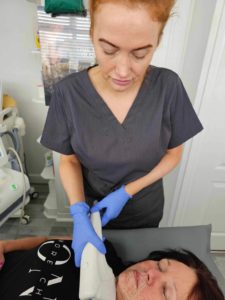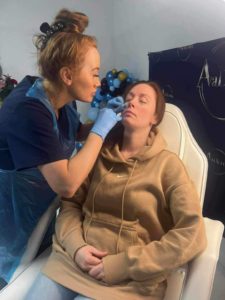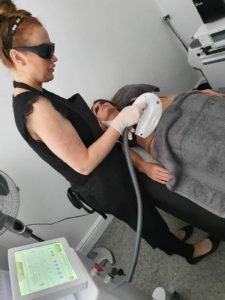Peels are designed to exfoliate your skin and encourage it to renew itself by creating fresh new skin cells. They also stimulate the skin’s natural collagen production to help reduce the appearance of fine lines and wrinkles.
Skin peel treatments use acids and enzymes to exfoliate away layers of the skin to reveal fresher, clearer, more youthful looking skin beneath the surface.
The powerful blend of ingredients in skin peels work to reduce the appearance of open pores, remove dead skin cells, target blemishes, acne and pigmentation, and visibly smooth fine lines and wrinkles. The procedure is used all over the world to treat skin conditions such as fine line and wrinkles, acne, hyper-pigmentation, and sun damage – the results can be life-transforming.

